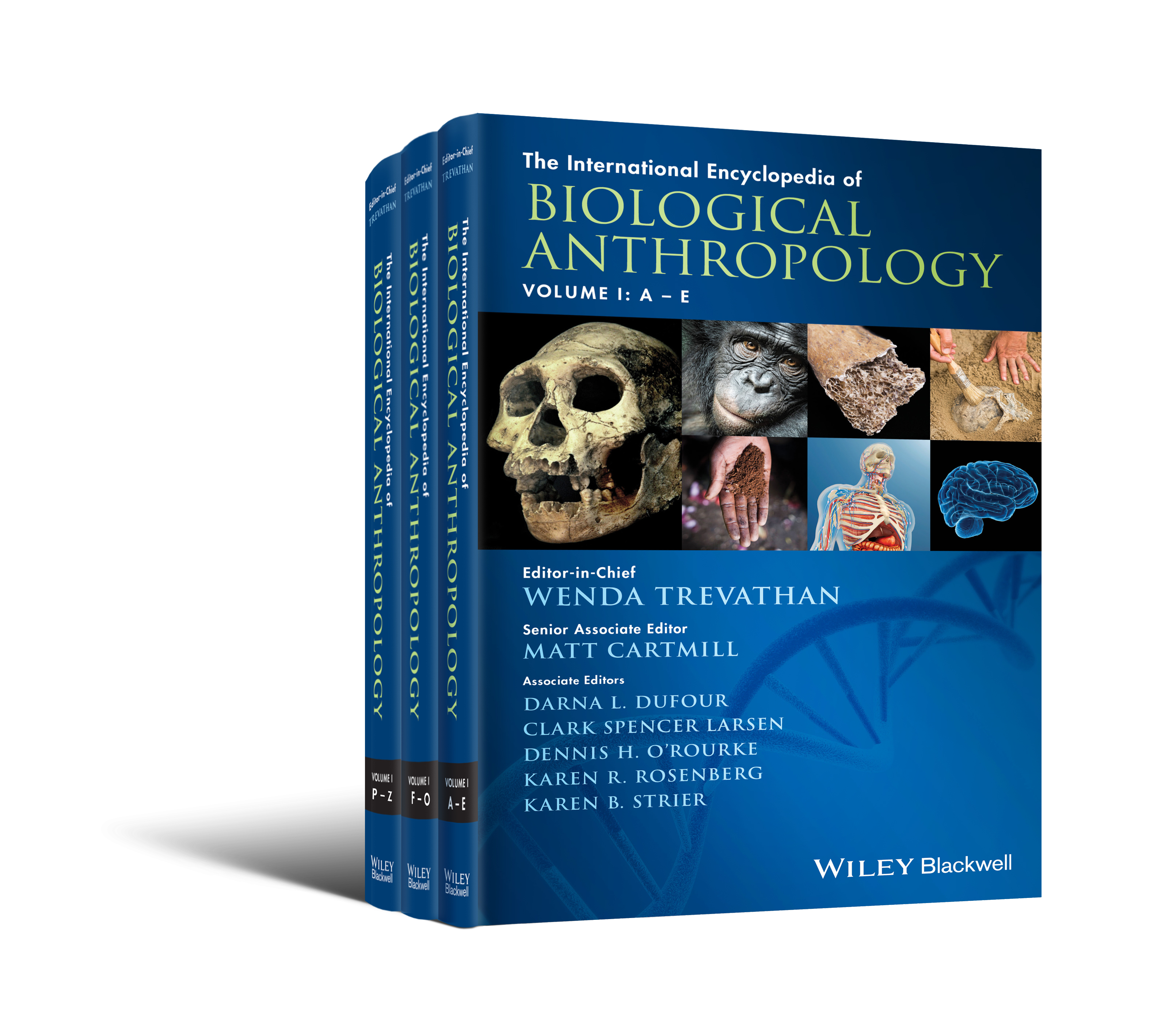Diet, evolution of
Abstract
Stable isotope analysis of carbon and nitrogen has revolutionized our approach and understanding of the evolution of human diet. A baseline comparison across extant nonhuman primates reveals that all of them depend on C3 plants in forests, forest patches, and woodlands except for short periods throughout the year, in marginal regions or where maize fields exist. Even large-bodied hominoids that could theoretically rely on hard-to-digest C4 plants do not do so. Some Plio-Pleistocene hominins, however, apparently relied heavily on C4 plants, although other species probably ate mostly C3 foods, assuming they rely on extensive cecal–colon microbial fermentation. Neanderthals seem less carnivorous when we compare their bone collagen nitrogen isotope ratios with those of recent human populations, including recent human foragers who also fall at or near the top of their local trophic system. Finally, the introduction of maize into North America is shown to be more sporadic and temporally variable than previously assumed.



